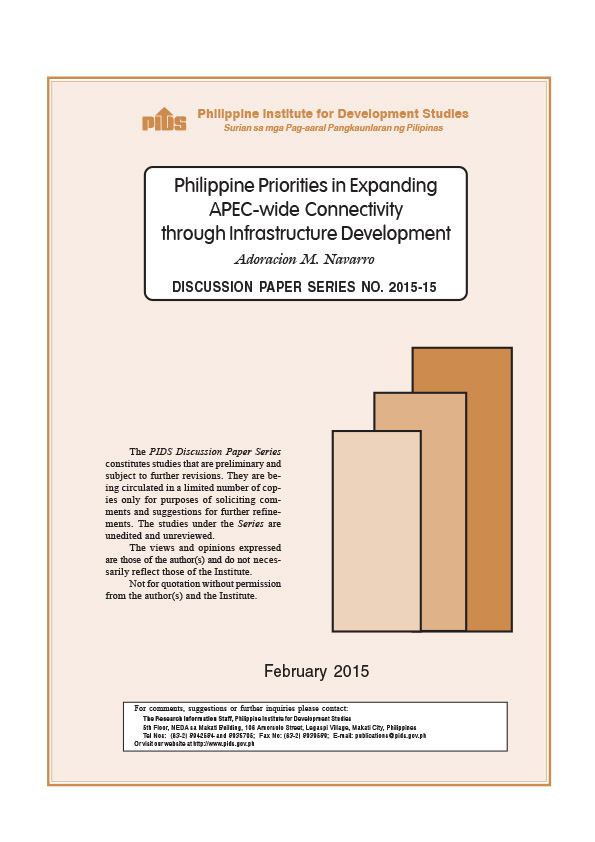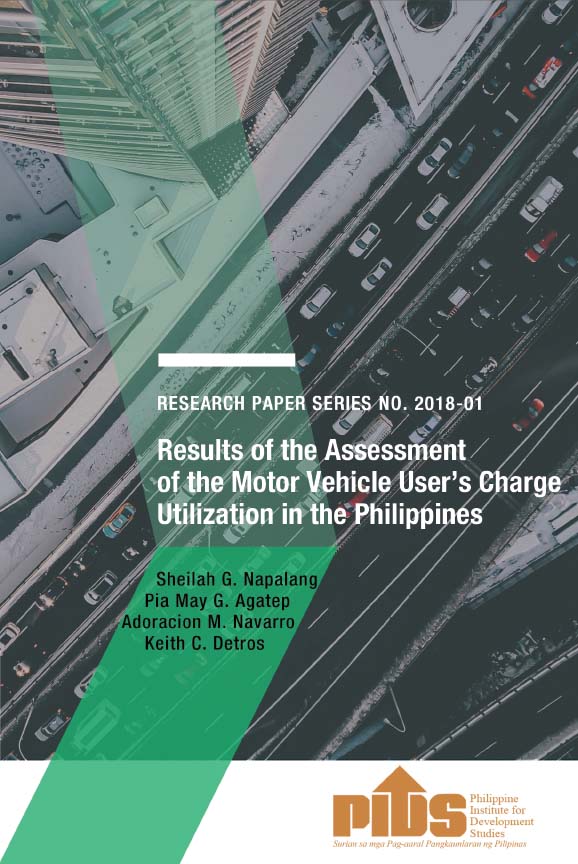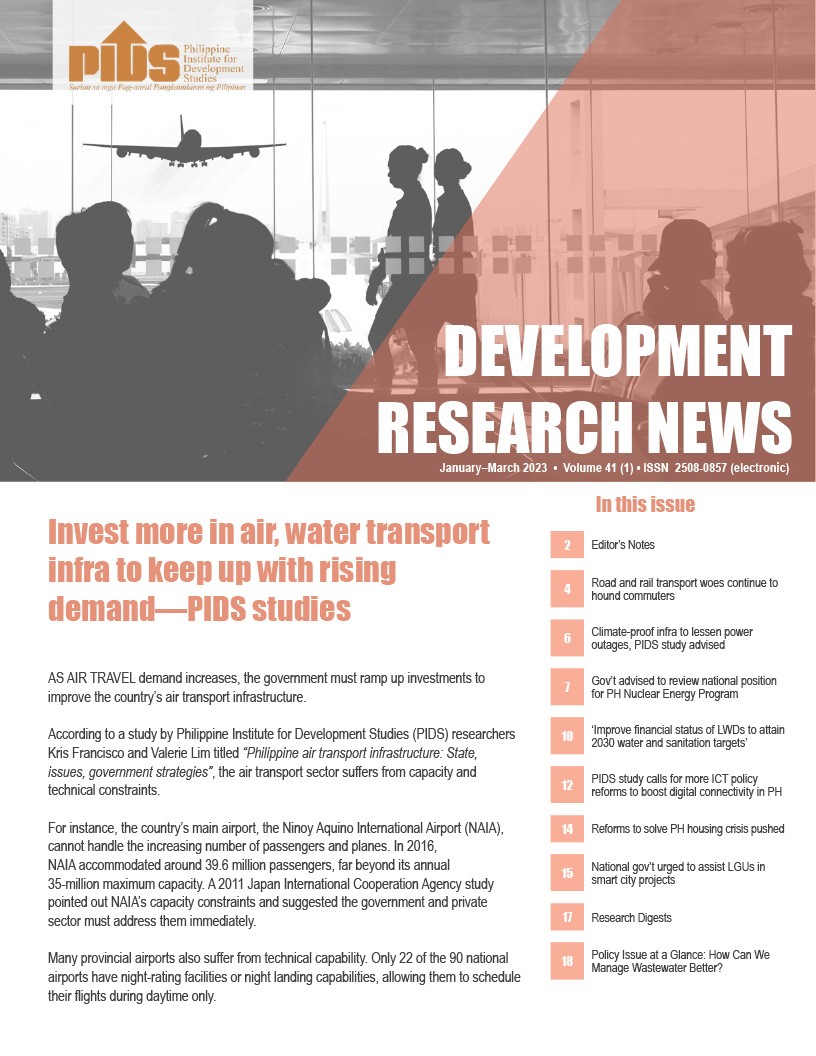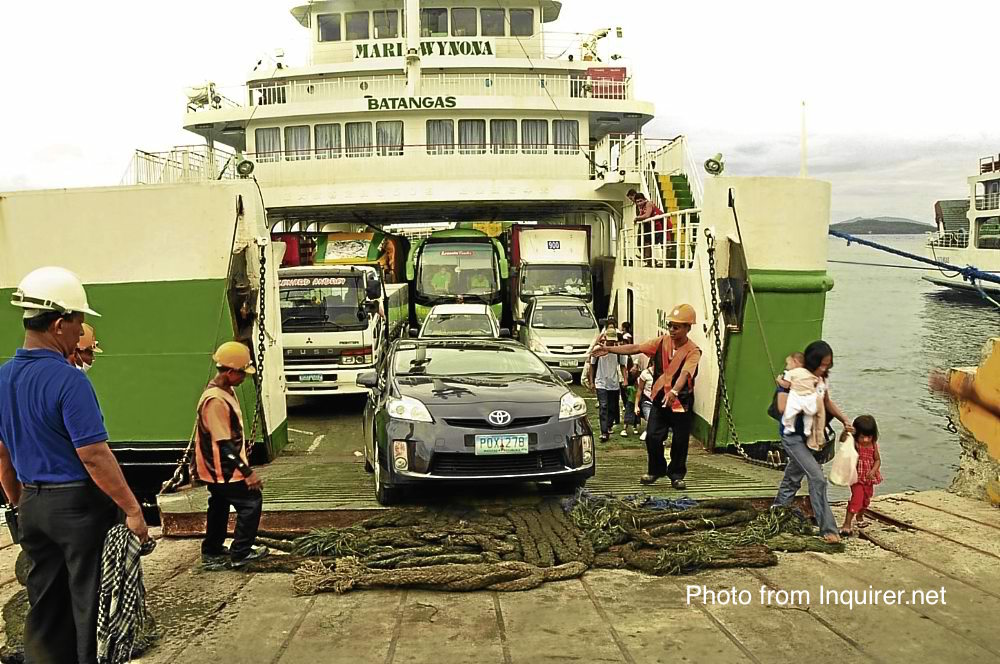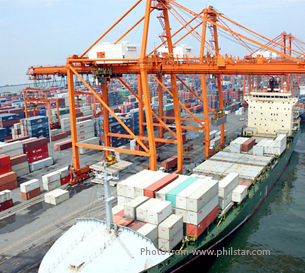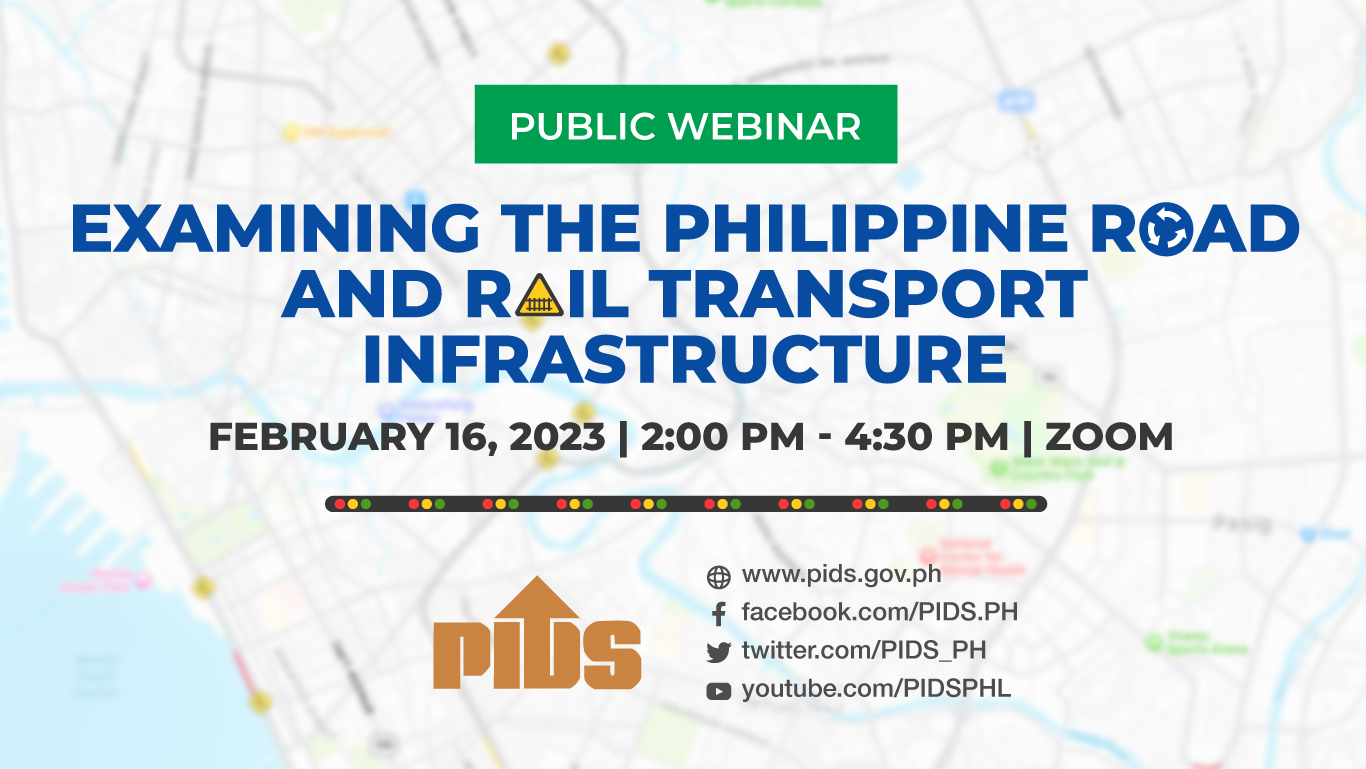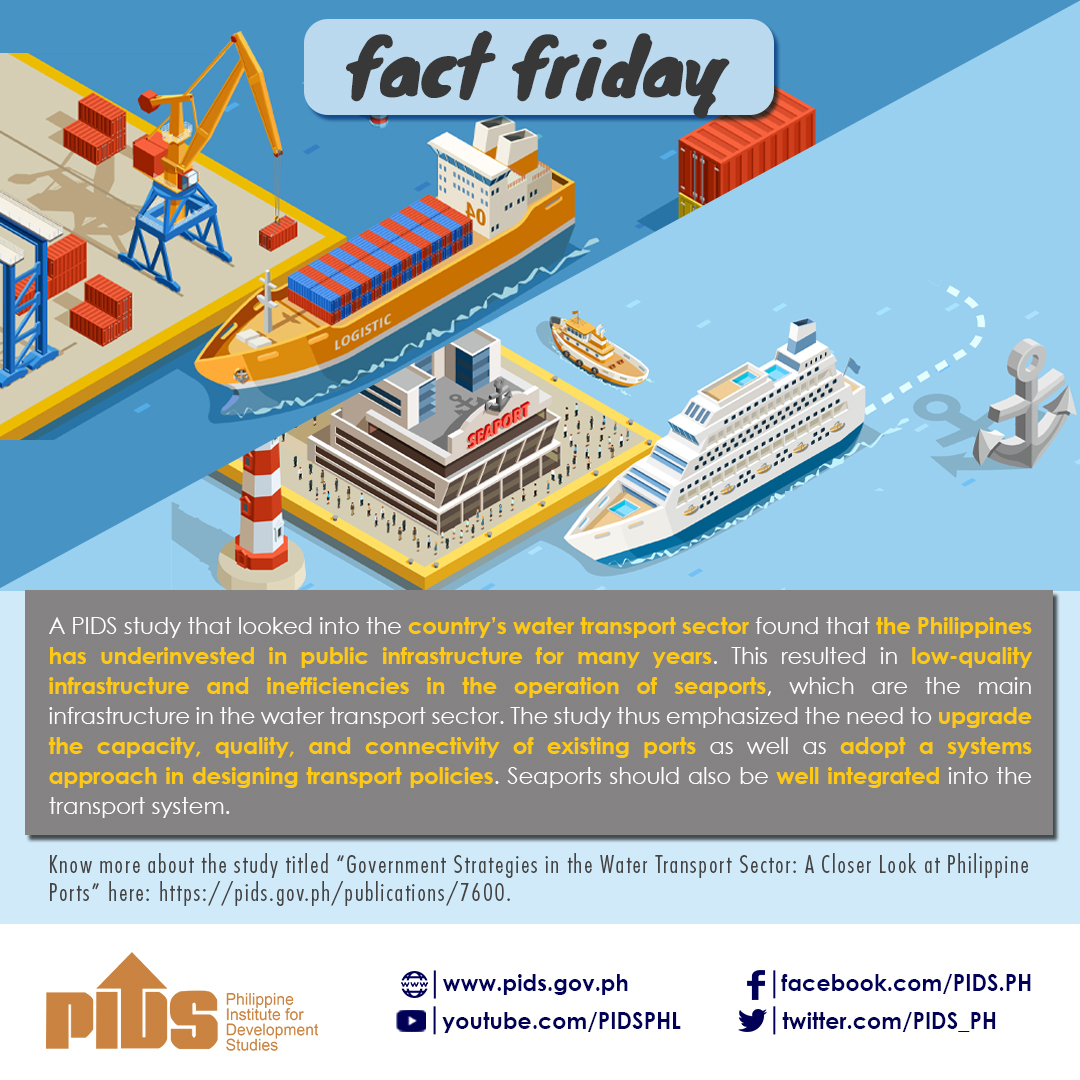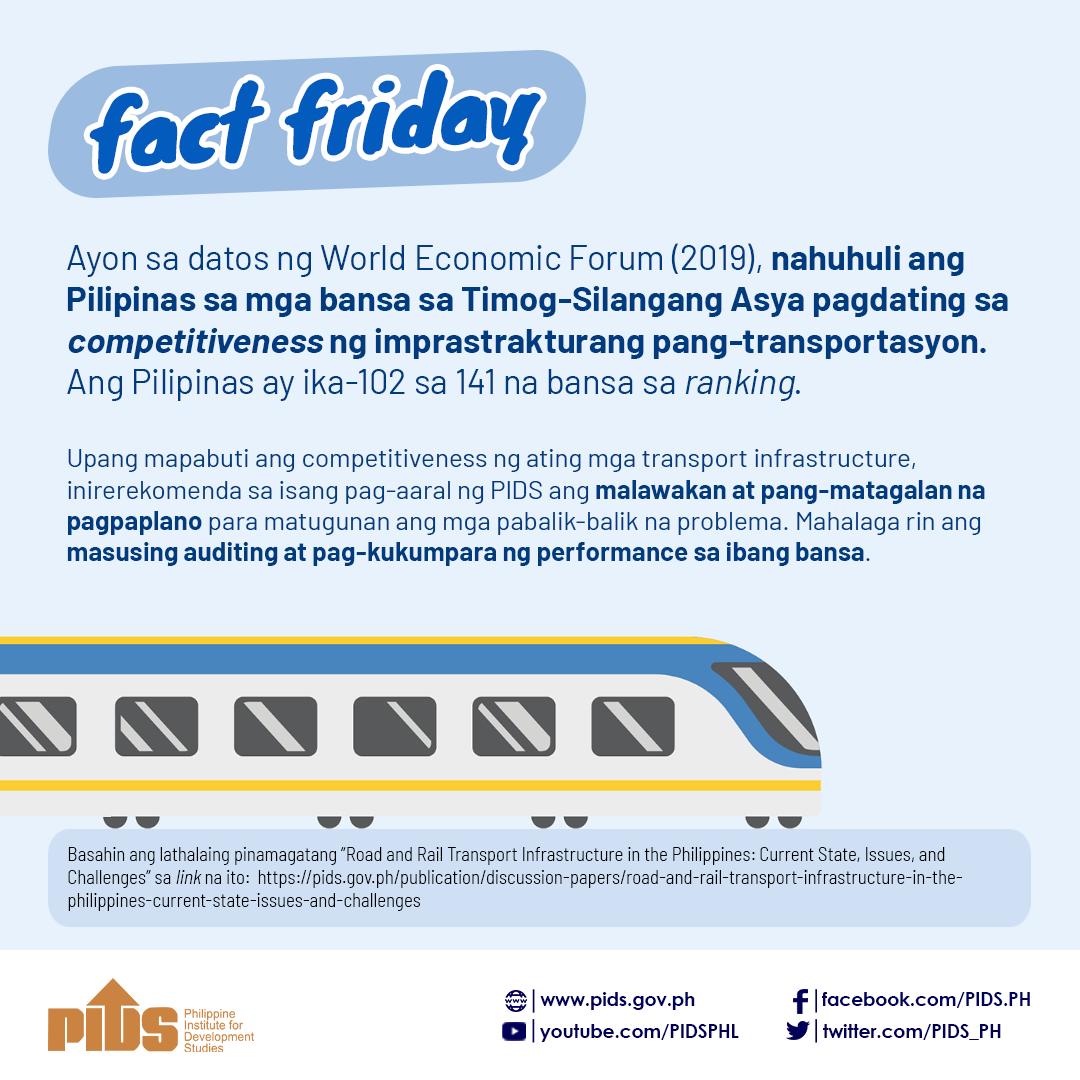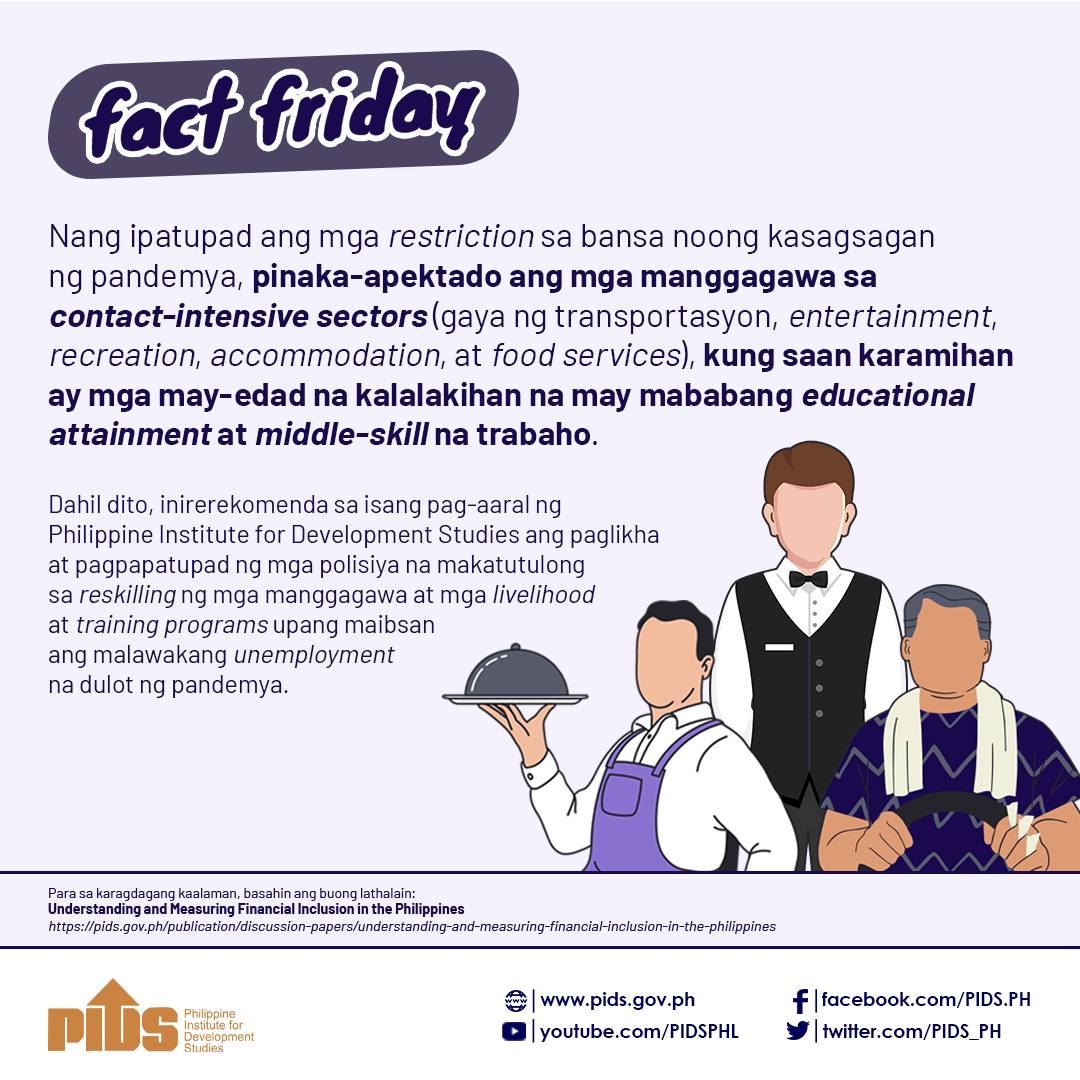Around 3,000 to 400,000 persons use the MRT 3 a day. Apparently, MRT 3 is now at the peak of its capacity. Expansion is in order through the procurement of additional train units to be able to maximize the benefits of this urban mass transport system.
Recently, however, a major concern for the MRT 3 has stemmed from the huge amount of subsidy required for the government to cover the capital cost, aside from the operation and maintenance costs of the system. Raising the fare hike level as a way to minimize such subsidy has recently sparked debates.
In a Pulong Saliksikan held at the Carlos P. Romulo Hall of the NEDA sa Makati Building, government think tank Philippine Institute for Development Studies (PIDS) research consultant Ms. Ruzette Morales-Mariano tackled this and other related issues in a presentation of her paper titled `Policy Directions in Providing Government Subsidies for Urban Rail Systems.`
As a background, the present minimum fare for riding the MRT 3 is PHP 10.00 and the maximum is PHP 15.00 with an average of PHP 12.50. At this level, in 2006, the subsidy was PHP 47.50 per rider. For the same year, 135 million passengers rode the MRT 3. Had the average fare paid by the riders been PHP 60.00 per rider, the fare box revenue could have covered all of the project costs in that year alone.
But in this scenario, one of the main considerations is the riders` willingness to pay. At this time when Filipinos are tightening their belts to get by on a daily basis, a fare hike would be a sensitive issue. However, taken from another perspective, it is important to identify the highest level of tariff that would result in the highest fare box revenue without compromising the economic benefit that should be derived from the MRT system.
Thus, Ms. Morales-
Recently, however, a major concern for the MRT 3 has stemmed from the huge amount of subsidy required for the government to cover the capital cost, aside from the operation and maintenance costs of the system. Raising the fare hike level as a way to minimize such subsidy has recently sparked debates.
In a Pulong Saliksikan held at the Carlos P. Romulo Hall of the NEDA sa Makati Building, government think tank Philippine Institute for Development Studies (PIDS) research consultant Ms. Ruzette Morales-Mariano tackled this and other related issues in a presentation of her paper titled `Policy Directions in Providing Government Subsidies for Urban Rail Systems.`
As a background, the present minimum fare for riding the MRT 3 is PHP 10.00 and the maximum is PHP 15.00 with an average of PHP 12.50. At this level, in 2006, the subsidy was PHP 47.50 per rider. For the same year, 135 million passengers rode the MRT 3. Had the average fare paid by the riders been PHP 60.00 per rider, the fare box revenue could have covered all of the project costs in that year alone.
But in this scenario, one of the main considerations is the riders` willingness to pay. At this time when Filipinos are tightening their belts to get by on a daily basis, a fare hike would be a sensitive issue. However, taken from another perspective, it is important to identify the highest level of tariff that would result in the highest fare box revenue without compromising the economic benefit that should be derived from the MRT system.
Thus, Ms. Morales-

